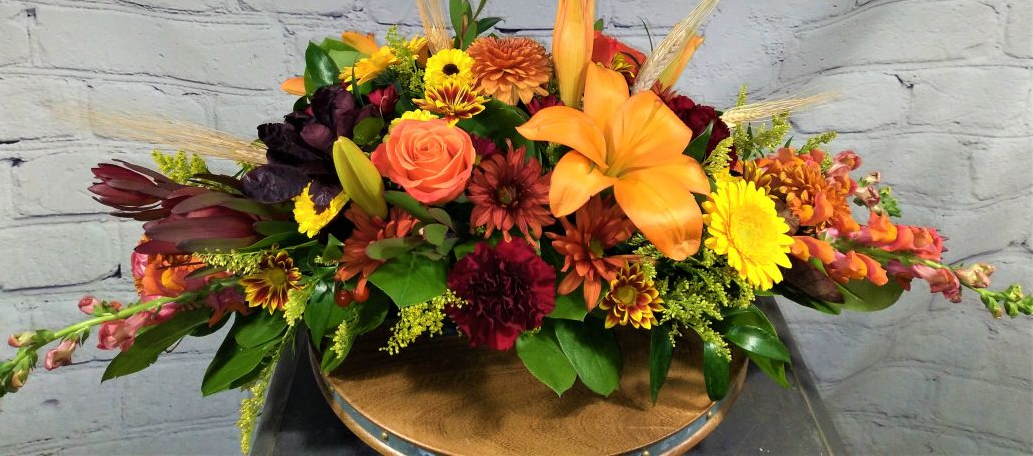Caring for floral arrangements with Hydrangeas

Caring for floral arrangements with Hydrangeas
Hydrangeas are relatively easy to care for, but there are a few things to keep in mind to ensure they thrive. Here are some basic care instructions:
Watering: Hydrangeas prefer moist soil, so it's important to water them regularly. However, be careful not to over-water, as this can lead to root rot. A good rule of thumb is to wait until the top inch of soil is dry before watering again.
Light: Hydrangeas prefer partial to full shade, but can tolerate some morning sun. If you live in a hot climate, it's best to protect them from the afternoon sun.
Soil: Hydrangeas prefer well-drained, acidic soil. If your soil is alkaline, you can add sulfur or aluminum sulfate to lower the pH.
Fertilizer: Hydrangeas benefit from regular fertilization, especially during the growing season. Use a slow-release fertilizer or one formulated for acid-loving plants.
Pruning: Prune hydrangeas in late winter or early spring, before new growth appears. Deadhead spent blooms throughout the growing season to encourage more flowers.
Pests and Diseases: Hydrangeas are generally hardy, but can be prone to pests such as aphids and powdery mildew. Keep an eye out for these issues and treat them promptly if they arise.
Hardiness: Hydrangeas are hardy in zones 6-9 and some varieties are hardy in zones 3-8.
Overall, hydrangeas are a beautiful and easy-to-care-for addition to any garden. With proper care and attention, they will provide stunning blooms year after year.


